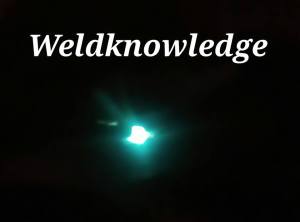An Inert gas, such as Argon, has no effect, or reaction, on or with the welding process, it simply performs the essential task of replacing Air/Oxygen from around the weld pool. Active gases do have an effect on the welding process. The effect of an active gas on MIG Welding is twofold. Firstly, the CO2 content in an Argon/ CO2 mix makes the gas slightly electrically conductive, this in turn raises the arc voltage, which increases penetration. The second effect is the CO2 content breaks down the surface tension of the molten weld pool. Using CO2 to break the surface tension of the molten weld pool allows the weld to flow and flatten slightly for the correct weld deposit profile
If an active gas is used for TIG Welding the raised arc voltage will increase hole blows and cause excessive burning of the Tungsten Electrode.
If an Inert gas is used for MIG Welding (except Aluminum and Mig Braze), higher machine power output will be needed to achieve penetration and the finished weld will look too tall because the surface tension has not been broken.
Keep reading, Happy welding
Thank you,
KP Bhatt

Nicely explain difference between inert and active gases.
So many points are clear.
I like this sir….
LikeLiked by 1 person
Thanks for making things clear in the easy way.
LikeLiked by 1 person
Actif gas on MIG welding …. You know that MIG stand for Metal Inert Gas ??? When you use actif gas we call it MAG. But thank for the other information.
LikeLike
Very informative!
LikeLike